Why Simulators Deserve a National Push: A Case for India’s Defence Policy to Back Tech Like Zen’s
India’s defence transformation is often measured in platforms: advanced fighter jets, precision-guided munitions, next-generation naval systems. But true preparedness is never just about equipment. It is about trained personnel and cohesive units capable of executing under pressure. The reality of modern warfare is that performance under stress cannot be built through exposure alone — it must be cultivated through designed, repeatable, data-rich rehearsal. Simulation, when embedded into doctrine and not treated as an accessory, delivers precisely that capability. It must now be understood as the infrastructure through which armed forces are made future ready.
A History of Simulation — and the Scale It Never Reached
India’s journey with simulation-based military training began decades ago, but systemic adoption has lagged. In the early 2000s, the Army fielded the Drona simulator for small arms training, developed indigenously by the Simulator Development Division and 515 Army Base Workshop (EME). It helped reduce ammunition usage and logistical overhead. But a preference for live drills and a deep reliance on Russian-origin platforms meant that simulation remained underutilized for years. Many of the simulators that arrived with Russian hardware in the post-Soviet period were hard to maintain and delivered questionable training value.
A turning point came in the aftermath of the 60th Report of the Public Accounts Committee (2003–04), which made strong recommendations for expanding the use of simulators. The Ministry of Defence’s Framework for Simulators in the Armed Forces (2021) directly attributes a boost in simulator availability and institutional acceptance to those early recommendations.
Since then, all three services have evolved. The Indian Air Force and Navy moved earlier toward simulation integration, using high-fidelity flight simulators and virtual reality in aircrew and technical training. The Army’s shift has been more recent but is gaining pace. The Make-II model has enabled the indigenous development of Infantry Weapon Training Simulators (IWTS) and Integrated Air Defence Combat Simulators (IADCS) in partnership with firms like Zen Technologies. New institutions like the Wargaming Development Centre (WARDEC), developed in collaboration with Rashtriya Raksha University and Tech Mahindra, are now applying artificial intelligence and virtual reality to doctrinal war gaming and tactical training.
India has the technological capability, industrial base, and declared vision. The opportunity now is to align them—systematically and at scale.
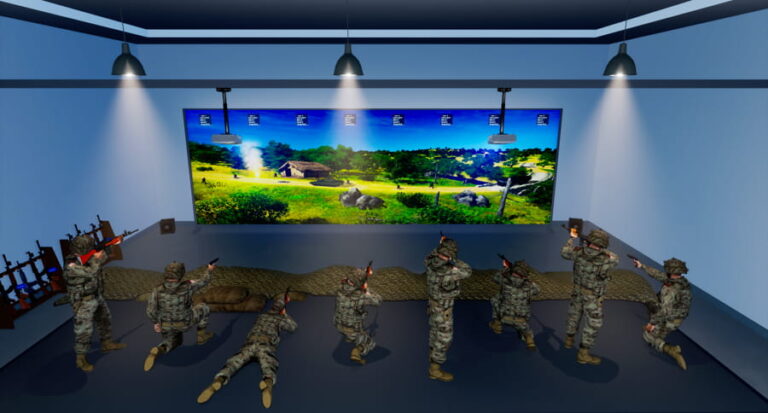
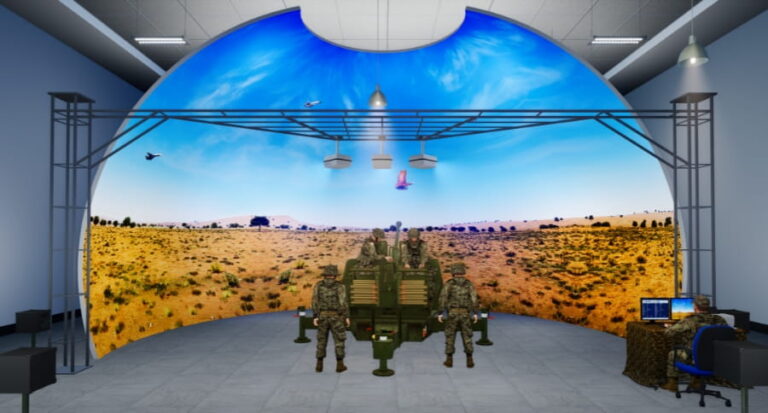
From Products to Preparedness: India’s Homegrown Simulation Capability
India does not need to rely on external suppliers to build its simulation backbone. We at Zen Technologies have developed an entire suite of simulators designed for the Indian military’s operational realities. The TacSim system enables realistic, force-on-force tactical engagement with after-action review for unit-level and collective training. The IWTS system supports small arms and infantry training, integrating marksmanship, section-level movement, and decision-making into structured rehearsal modules. The CTSR offers containerised live-fire ranges that eliminate the need for extensive open terrain, enabling urban and enclosed training with measurable safety and logistical efficiency. These are not concept demonstrations. They are operational systems in use today. Their effectiveness lies not just in cost savings, but in enabling repetition, safe experimentation, and readiness without asset attrition.
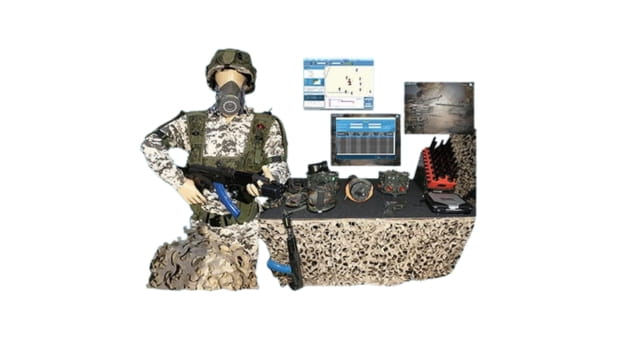
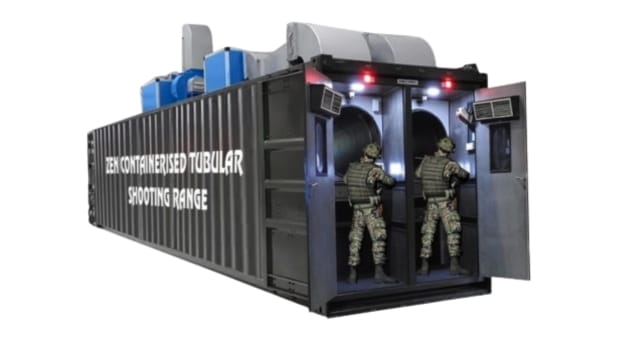
The simulators already fielded are evidence that India can not only meet its internal training demands indigenously but build export-ready systems that reflect operational realities and budget constraints shared by militaries across the Global South. To make full use of them, the national defence establishment must move from limited adoption to systemic integration.
Why Now: Complexity, Constraint, and the Opportunity Ahead
The nature of conflict has changed. The battlefield today is not just kinetic—it is electronic, cognitive, and multi-domain. Drone swarms, GPS spoofing, electromagnetic interference, and cyber-linked disruption cannot be fully simulated in open field drills or live firing exercises. Additionally, every flight hour logged in a frontline aircraft, every tank run, and every battalion-scale movement consumes resources that could be conserved if high-fidelity rehearsal were done in synthetic environments first. This is not about replacing live drills; it is about building a training architecture where simulation is the default foundation and live execution becomes a final test.
Simulation accelerates readiness. It shortens the learning curve of junior leaders, allows complex combined-arms manoeuvres to be rehearsed safely, and equips forces to adapt faster than doctrine can be rewritten. It creates what live drills cannot: repeatable, analysable exposure to stress—without risking hardware or personnel.
The Global Standard Is Already Shifting
Around the world, leading militaries are embedding simulation into training not as augmentation, but as architecture. The United States Air Force through its Pilot Training Next (PTN) program mandates simulator hours prior to live flight qualifications. These synthetic environments are used not only for skills validation but also for operational decision-making, rehearsing full mission profiles before actual deployment. Israel’s Defence Forces rely on simulation for urban combat, tank training, and air defence rehearsals, blending live drills with AI-enhanced after-action analysis. China’s People’s Liberation Army is investing heavily in immersive, AI-integrated joint force simulation hubs designed to prepare multi-domain battle groups for theatre-level conflict, not just tactical scenarios.
The reason these nations are prioritising simulation is not just to cut costs or conserve platforms—it is because simulation allows a military to iterate faster than the adversary. It enables doctrine to be tested and refined at scale, in real time, under evolving threat models.
A National Push That Converts Capability into Doctrine
To convert capability into military advantage, simulation must be embedded into the very structure of how India trains and evaluates its armed forces. Training curricula across all services should be updated to treat simulator hours not as supplements, but as qualifying thresholds. Tactical proficiency, decision-making under pressure, and platform handling should be tested in synthetic environments first. A soldier’s first exposure to complexity should happen in simulation, not in combat.
Nevertheless, simulation cannot succeed in isolation. Without a federated architecture, each system remains a silo. The national simulation framework must link systems across commands, services, and geographies. This would enable routine live–virtual–constructive exercises where air, land, and naval units can rehearse joint operations in integrated synthetic theatres. Such federation requires more than technical compatibility; it demands organisational commitment. A central Simulation Command, or a directorate under Integrated Defence Staff could oversee scenario development, interoperability standards, doctrine alignment, and the integration of simulation into real-time mission planning.
The shift also demands sustained investment. Unlike static hardware, simulation is a living capability — its value increases with new scenarios, fidelity upgrades, instructor expertise, and institutional learning. Funding models must reflect this by supporting not just acquisition, but lifecycle sustenance. Scenario libraries must be refreshed; data must be secured; performance analytics must evolve.
India’s private sector has already demonstrated the capacity to lead. We at Zen Technologies, have built and delivered systems across domains — from infantry to air defence to counter-drone — tailored to Indian operational conditions. But to fully capitalise on this capability, firms must be treated not as vendors, but as long-term strategic partners. With stable procurement pipelines, export-linked incentives, and targeted R&D investment, indigenous simulation can become both a doctrinal pillar and an export accelerator under the Atmanirbhar Bharat vision.
The War Before the War
Simulation is not a supplement to military readiness; it is its scaffolding. It is where judgment is tested under pressure, where interoperability is rehearsed, and where failure becomes a resource rather than a cost. It is the only environment where the next war can be fought in advance. India has the technological depth, industrial capability, and strategic rationale to lead in this domain. What it needs now is execution at scale. Simulation must not be treated as an accessory to procurement or a sidecar to doctrine. It must be built into the DNA of how the armed forces train, plan, and evolve.
This is not about keeping up, it is about staying relevant. In a world where adversaries are training for the next war in synthetic environments, India cannot afford to prepare for the last one in real terrain.

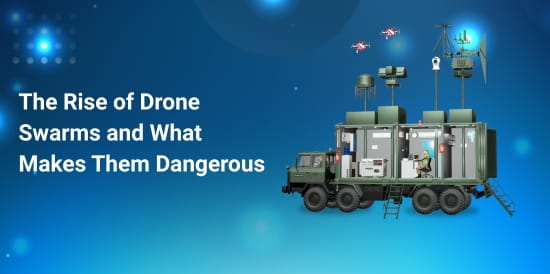
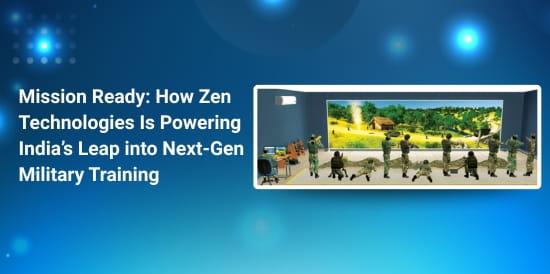

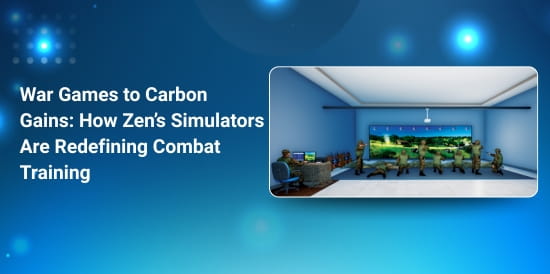
Leave feedback about this